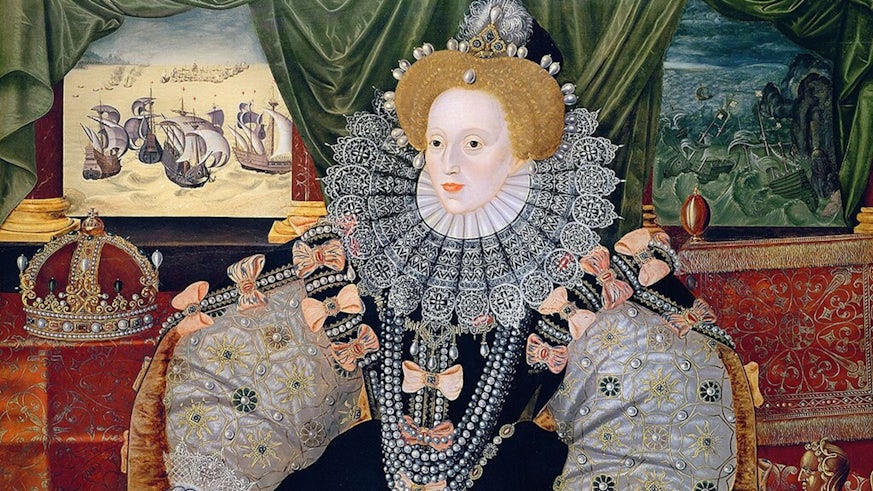Bringing historic figures to life with AI
20 March 2024

A team of researchers from the School of Computer Science and Informatics are bringing together experts from various disciplines to discuss the potential application of artificial intelligence in museums and archives.
As part of the Alan Turing Institute’s 2024 ‘AI UK Fringe’, the ‘Past Meets Future’ event will take place online on 27 March.
Past Meets Future will bring together experts from a range of disciplines to address both the potential benefits and risks of using AI in the heritage sector, covering issues such as ethics, social impact and visitor experience.
One of the main objectives of the event is to spark a ‘vibrant, interdisciplinary community and welcome participants from all fields, including academia, industry, museums, archives, and the general public.’
Dr Yipeng Qin, Lead of the Computer Vision Research Group in the School of Computer Science and Informatics, said: "Imagine the extraordinary experience of having a real conversation with Florence Nightingale, the pioneering nurse and social reformer, as her determination and compassion are brought to life through artificial intelligence.
“This fusion of technology and history holds the power to revolutionise how we connect with the past. But can AI personas truly embody the spirit and essence of those who left an indelible mark on society?
“Our event will explore the boundaries of this interdisciplinary endeavor, where AI, museum storytelling, user experience, social science, ethics, equity, diversity, and inclusion, animation, arts, and industry converge."
Dr Qin is organising Past Meets Future alongside fellow members of the School of Computer Science and Informatics Zhuoling Jiang and Mouhamad Aboshokor.
Dr Daniel Finnegan, Associate Professor and Senior Lecturer in the School of Computer Science and Informatics, is also a speaker at the event.
Dr Finnegan said: “As AI and Large Language Models (LLMs) become more sophisticated, we are reaching the point where they can be used to drive interactive, unscripted and unrehearsed, conversations with digital avatars representing people from the past.
“Our research is exploring how to design and develop these 'chattable' avatars in a human centred way, so that they provide maximum utility for our cultural heritage partners.
“We are investigating the boundaries around dialogue, curation, visitor expectations, technical constraints and how to innovate around them, and the pragmatics around cutting-edge technology embedded in sites of historic and cultural significance.”
More details about the event can be found on the Past Meets Future website.